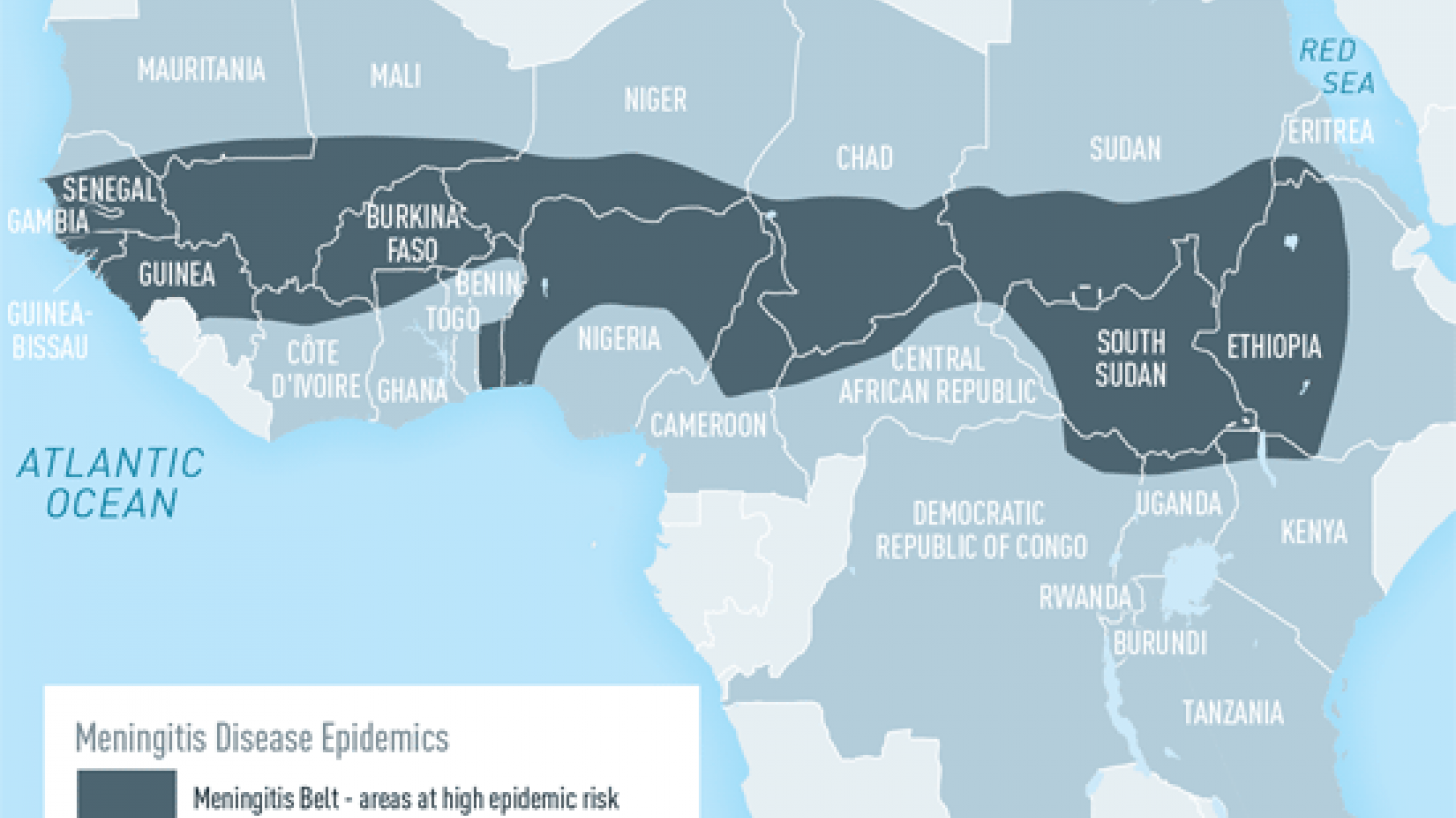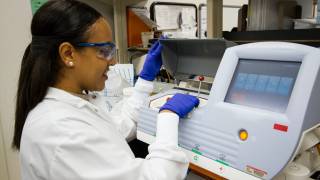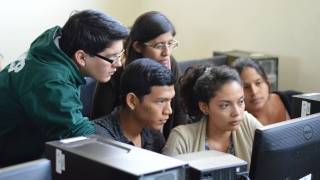Controlling Meningococcal Disease with Innovative Vaccines

The human pathogen Neisseria meningitidis has been feared worldwide for more than 215 years and has caused epidemics, pandemics, and sporadic cases of meningitis, fatal sepsis, and, less commonly, pneumonia, wrote David S. Stephens, M.D. in an Editorial published by the New England Journal of Medicine.
Although disease rates have decreased in many regions partly due to the introduction of highly effective vaccines, Neisseria meningitidis case fatality remains high at 10 to 20%.
"We are a step closer to worldwide control of meningococcal disease and the burden of meningitis with these (vaccine) efforts," added Stephens on May 25, 2023.
In 2019, there were estimated 2.5 million cases of meningitis worldwide, which resulted in more than 236,000 deaths.
The highest disease incidence across the African meningitis belt stretches from Gambia and Senegal in the west to Ethiopia in the east, where Neisseria meningitidis predominantly cause meningitis epidemics.
Although quadrivalent meningococcal ACWY conjugate vaccines have been licensed and prequalified by the WHO, their use in Africa has been limited.
Furthermore, there are currently no licensed vaccines against meningococcal serogroup X.
Thus, building on the success of the Meningitis Vaccine Project, the Serum Institute of India and PATH developed a pentavalent meningococcal ACWYX conjugate vaccine (NmCV-5) to eliminate meningococcal disease in sub-Saharan Africa.
In a NEJM Original Article, researchers report the results of a phase 3 trial of the NmCV-5 vaccine in participants 2 to 29 years of age in Mali and Gambia.
The trial aimed to show the safety and immunologic noninferiority of the NmCV-5 vaccine compared to a licensed, WHO-prequalified, quadrivalent meningococcal conjugate vaccine (Menactra).
In the NmCV-5 group, the percentage of participants with a seroresponse ranged from 70.5% (95% CI, 67.8 to 73.2) for serogroup A to 98.5% (95% CI, 97.6 to 99.2) for serogroup W; the percentage with a serogroup X response was 97.2% (95% CI, 96.0 to 98.1).
The overall difference between the two vaccines in seroresponse for the four shared serogroups ranged from 1.2 percentage points (96% CI, −0.3 to 3.1) for serogroup W to 20.5 percentage points (96% CI, 15.4 to 25.6) for serogroup A.
The overall GMT ratios for the four shared serogroups ranged from 1.7 (98.98% CI, 1.5 to 1.9) for serogroup A to 2.8 (98.98% CI, 2.3 to 3.5) for serogroup C.
The serogroup X component of the NmCV-5 vaccine generated seroresponses and GMTs that met the prespecified noninferiority criteria.
The incidence of systemic adverse events was similar in the two groups (11.1% in the NmCV-5 group and 9.2% in the MenACWY-D group).
In conclusion, these researchers wrote all four serotypes in common with the MenACWY-D vaccine, the NmCV-5 vaccine-elicited immune responses that were noninferior to those elicited by the MenACWY-D vaccine.
And NmCV-5 elicited immune responses to serogroup X, with no safety concerns evident.
This Serum Institute of India Pvt. Ltd. sponsored phase 3 clinical trial was intended to provide the required data for the licensure and WHO prequalification of the vaccine for future epidemic control.
The U.K. Foreign, Commonwealth, and Development Office and others funded this study, and no industry conflicts were disclosed.
Our Trust Standards: Medical Advisory Committee
























